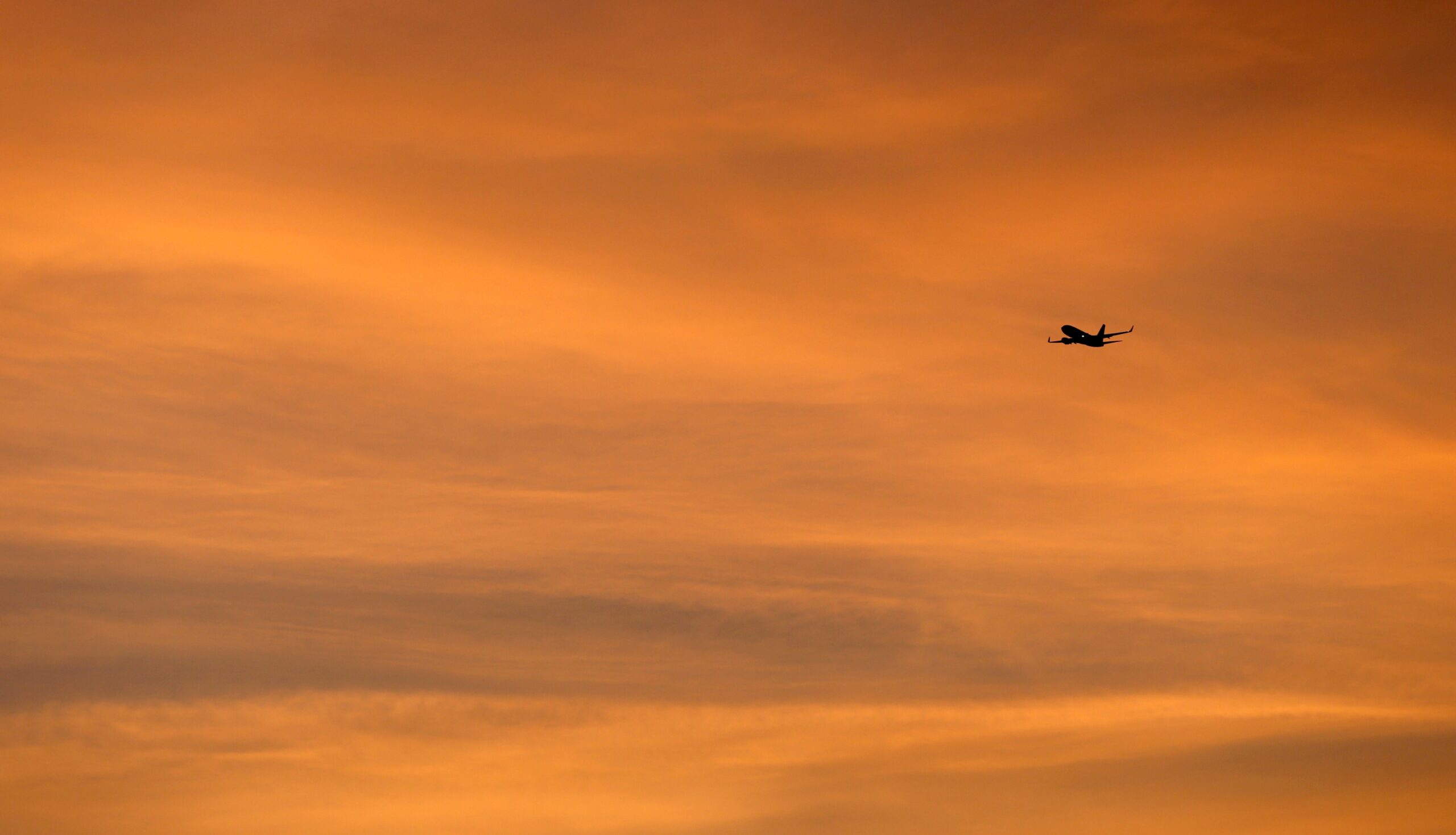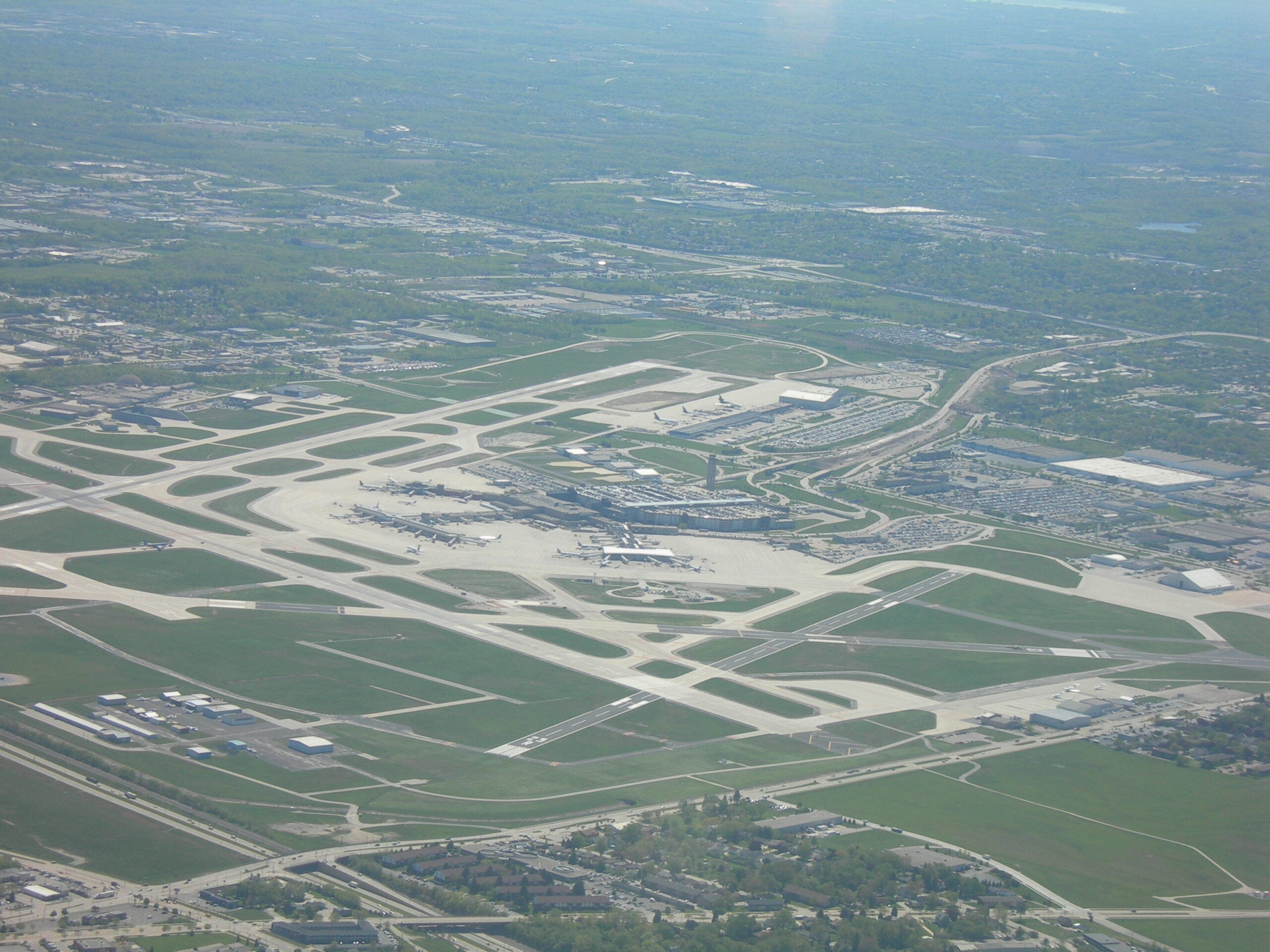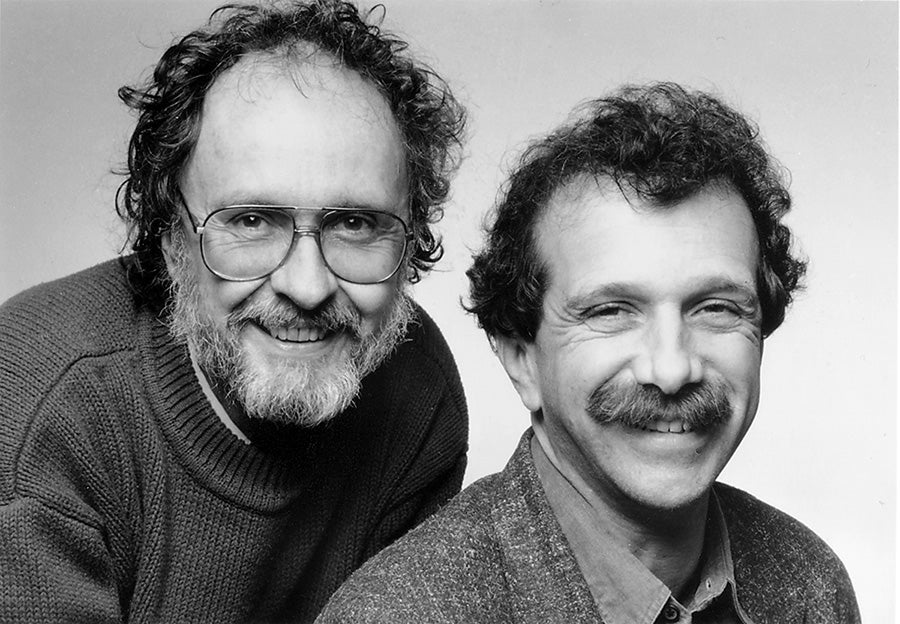I have lots of patients asking me about airline travel — how safe is it? Should they fly now, given the COVID-19 pandemic?
There is not one answer for all. Certainly if you’re over 60, or have a pre-existing disease such as diabetes, heart disease or cancer, you should think twice before buying that ticket. Ask the question, “Is it worth the risk?”
Evaluate and choose.
News with a little more humanity
WPR’s “Wisconsin Today” newsletter keeps you connected to the state you love without feeling overwhelmed. No paywall. No agenda. No corporate filter.
Information published in a paper just released in the Journal of the American Medical Association (JAMA) may help in the decision-making process.
The coronavirus is emitted when someone talks, coughs, sneezes or sings, mainly in droplets that travel a short distance. There are smaller aerosol particles that can remain suspended and travel farther, but those are not the primary way COVID-19 is spread.
Touching the hand of someone who has COVID-19 or touching a surface they’ve touched also can spread the virus. But again, it’s that direct contact with droplets that has shown to be the primary way COVID-19 spreads.
So how clean is the air in passenger aircraft?
Air enters the cabin from overhead inlets and flows downward toward floor-level outlets. Air enters and leaves the cabin at the same seat row or nearby rows. There is relatively little airflow forward and backward between rows, making it less likely to spread respiratory particles between rows.
Everyone worries about the air on a plane, but airflow in the cabin of a jet airliner actually turns over much faster than normal indoor buildings. Half of it is fresh air coming into the cabin from outside, and the other half is recycled through high-efficiency particulate air (HEPA) filters of the same type used in operating rooms.
Aside from the cabin air, the other risk aboard an airplane is from direct contact — with the seats and tables, for example. Seat backs are actually a good physical barrier between rows that prevent direct contact among passengers.
Now, here’s what’s interesting: There are very few suspected and confirmed cases of in-flight COVID-19 transmission between passengers. Right now, there are only 42 documented cases worldwide. That might be hard to believe, but that’s the JAMA data.
Let’s compare that to transmission on high-speed trains in China. There have been 2,300 documented cases, and I bet that number is a low-ball estimate.
What I’m most concerned about is the airport, when you board and leave the plane, when you pick up your luggage, all those times when you’re close to other people. And, of course, the restroom.
There are steps you can take to minimize the risks. Wear a mask. Keep a distance whenever you can. Bring hand sanitizer with you and use it often.
Take carry-on luggage. Adjust the overhead air nozzle to point straight at your head to keep the air moving. Stay seated throughout the flight, if possible.
And be a good citizen — if you don’t feel well, if you have a fever, then just don’t travel. Cancel your trip. Get tested for COVID-19. Help keep all of us safe, and keep yourself safe, too.
My spin: We’re all getting COVID cabin fever, aren’t we? I certainly am. I love to travel. I would take a trip to nowhere on a plane if I could. I never thought I would miss going through security to get on an airplane — an airplane to anywhere — but that’s where my head is these days.
But if you do travel, take all of this into consideration. Stay safe. And stay well.
Wisconsin Public Radio, © Copyright 2025, Board of Regents of the University of Wisconsin System and Wisconsin Educational Communications Board.







